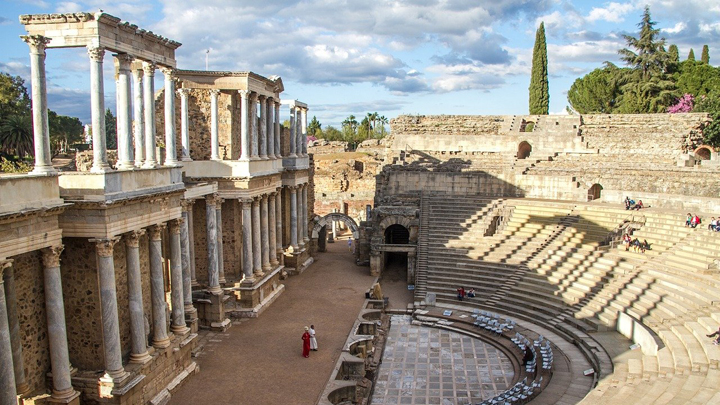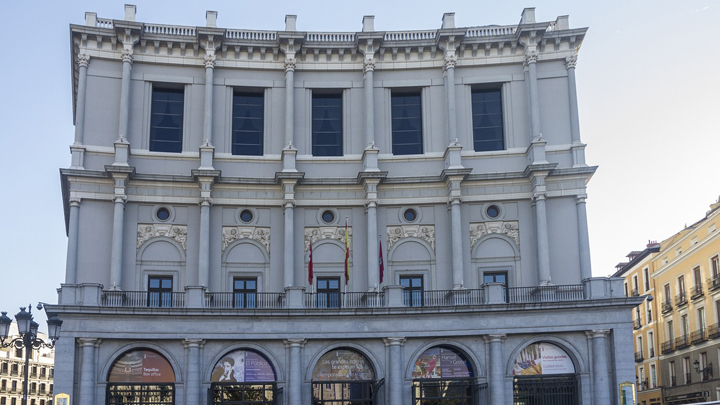
One of the ways to visit Spain is through its monuments . In addition to cathedrals, churches, museums, squares … there are also other buildings or architectural works that have great artistic and historical value, apart from being very beautiful. In this case, we are going to focus on the theaters , which are spread throughout the national territory.
The theaters
One of the most famous and well-known theaters in Spain for its importance is the Teatro de Mérida . It was inaugurated in the 1st century BC. C. in this town, which was then called Ermita Augusta. Two thousand years later, it is still an important enclave from the artistic point of view not only in Extremadura, but in all of Spain. And it is that many people visit it to observe all its architecture and art, but also to see works and shows such as the Classical Theater Festival.
Another of the theaters with more history, although less than the one in Mérida, is the Teatro Real in Madrid . In this case, we go back to the year 1818, when its first stone was laid. Its inauguration took place in 1850. It is a building with a high historical value and that is surrounded by an important environment, the Madrid de los Austrias. In addition to its exterior, it stands out for the rooms with many works of art, which reproduce the atmosphere of the operas that it housed in the 19th century.
The list of theaters also includes that of Lope de Vega in Seville , which was built on the occasion of the Ibero-American Exposition of 1929 to house the Seville Pavilion. Today, it continues to host performances. In an average season, it hosts around 180 performances per season with theater pieces, classical music concerts and flamenco shows.

Of great beauty and with a lot of history is the Corral de Comedias de Almagro, which has been declared a National Monument. In addition, a striking fact is that it maintains the original structure of the seventeenth century, being the only one in its style, apart from being a perfect example of the Spanish Theater of the Golden Age.
The Leal Theater , in La Laguna (Canary Islands) is another destination within this theatrical route. Here we find a building in which we must look at its facade, as well as its style, which can be defined as somewhat eclectic. In it, we find reminiscences of the model of Antonio Pintor Ocete, who was an architect from Cadiz to whom works such as the Santa Cruz de Tenerife town hall are attributed. It is an example of Canarian civil architecture from the early years of the 20th century.
And in Catalonia there is the Gran Teatre del Liceu , which is on the Rambla in Barcelona. Its origins date back to 1847, date from which it became a benchmark in the artistic sector and not only in Catalonia, but worldwide. Upon entering, note the Neo-Renaissance style lobby and grand staircase, as well as the hall of mirrors.
Also in Vigo we stop to visit the García Borbón Theater , known as Afundación Theater. This building was built with white granite that came from the Castrelos quarries. Its design was made by Antonio Palacios, who was the same architect as the Palacio de Cibeles and the Círculo de Bellas Artes in Madrid, among others.
Once in Bilbao, you must visit the Arriaga Theater , which was inaugurated in 1890. Among its most striking or characteristic elements are the curved neo-baroque façade. The building is quite well preserved after being restored as a result of several accidents that have affected it such as a fire and torrential rains, which took place in 1914 and 1983, respectively.
